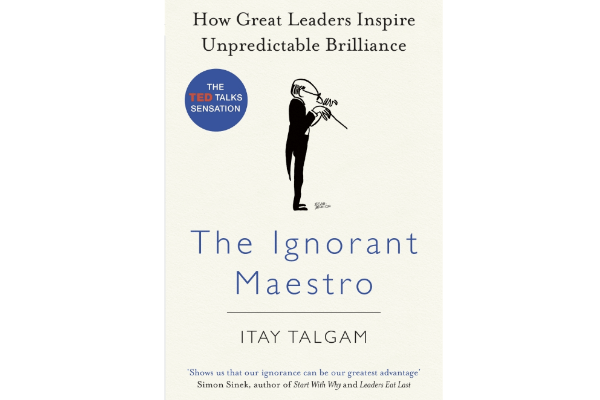To put it simply, the book ”Getting to Yes” is a complete framework for “principled negotiation” between two or more parties working together to best address their mutual interests with creative and objectively fair solutions. The book also presents four principles for effective negotiation, including separating people from the problem, focusing on interests rather than positions, generating a variety of options before settling on an agreement, and insisting that the agreement be based on objective criteria.
Let’s talk about ‘Positional negotiation’ vs ‘Principled negotiation’ and how important it is. The book explains that a good agreement is one which is wise and efficient, and which improves the parties’ relationship.
Wise agreements satisfy the parties’ interests and are fair and lasting. The authors’ goal is to help you develop a method for reaching good agreements. Negotiations often take the form of positional bargaining.
Positional Bargaining
Table of Contents
In positional bargaining, each part opens with their position on an issue. The parties then bargain from their separate opening positions to agree on one position. Haggling over the price is a typical example of positional bargaining. The book also argues that positional bargaining does not tend to produce good agreements. It is an inefficient means of reaching agreements, and the agreements tend to neglect the parties’ interests. It encourages stubbornness and tends to harm the parties’ relationship. Principled negotiation provides a better way of reaching good agreements.
The author further explains what he believes are the four principles for efficient negotiation:
Separating People and Issues
The first principle talks about separating people from the issues. People tend to become personally involved with an issue and with their own point of view related to it. This often leads them to take responses made by others on the same topic as personal attacks. Separating the people from the issues allows the parties to address the issues without damaging their relationship. It also helps them to get a clearer view of the substantive problem.
Generally, the best way to deal with communication problems is to prevent them from arising. These problems are less likely to come up if the parties have a good relationship, and think of each other as partners in negotiation rather than as adversaries.
Being in the Ops team, I usually face a lot of negotiation with vendors across the country. And being Red in nature, I do end up giving people and their feelings more importance than the issue at hand. This book has really helped me learn the art of making better negotiations.
Focus On Interests
You may not always get what you want in a negotiation. For instance – if you are dealing with the hotel staff for using their conference room for storing the cardboard sheets, they might say no because of some regulation but then you need to come up with the best interest point for both the parties and thus, reaching a favorable conclusion to your negotiation. A good example of this would be getting the cardboard sheets stored in their storage room which is close to the conference.
Thus, for a negotiation to go smoothly and also, in your favor, the first obvious step is to identify the parties’ interests regarding the issue at hand. This can be done by asking why they hold the positions they do, and by considering why they don’t agree with the position you suggested. Each party usually has a number of different interests underlying their positions. Interests may also differ somewhat among the individual members of each side. However, everyone shares certain basic interests or needs, such as the need for security and economic well-being.
Generate Options
We may decide prematurely on an option and thus fail to consider alternatives. The parties may be intent on narrowing their options towards finding a single answer. The parties may define the problem in win-lose terms, assuming that the only options are for one side to win and the other to lose; Or a party may decide that it is up to the other side to come up with a solution to the problem. The ideal way to go about this would be for both parties to come together in an informal atmosphere and brainstorm for all possible solutions to the problem. Only after a variety of proposals have been made should the group turn to evaluating the ideas. Evaluation should start with the most promising proposals. The parties may also refine and improve proposals at this point.
Use Objective Criteria
 When interests are directly opposed, the parties should use objective criteria to resolve their differences. Allowing such differences to spark a battle of wills will destroy relationships, is inefficient, and is not likely to produce wise agreements. Decisions based on reasonable standards makes it easier for the parties to agree and preserve their good relationship.
When interests are directly opposed, the parties should use objective criteria to resolve their differences. Allowing such differences to spark a battle of wills will destroy relationships, is inefficient, and is not likely to produce wise agreements. Decisions based on reasonable standards makes it easier for the parties to agree and preserve their good relationship.
There are three points to keep in mind when using objective criteria. First, each issue should be approached as a shared search for objective criteria. Ask for the reasoning behind the other party’s suggestions. Using the other parties’ reasoning to support your own position can be a powerful way to negotiate. Secondly, each party must keep an open mind. They must be reasonable, and be willing to reconsider their positions whenever possible.. Thirdly, while they should be reasonable, negotiators must never give in to pressure, threats, or bribes. When the other party stubbornly refuses to be reasonable, the first party may shift the discussion from a search for substantive criteria to a search for procedural criteria.
Conclusion
The book has beautifully organized common sense and common experience in a way that provides a useful framework for thinking and acting. It is a must-read for everyone!















